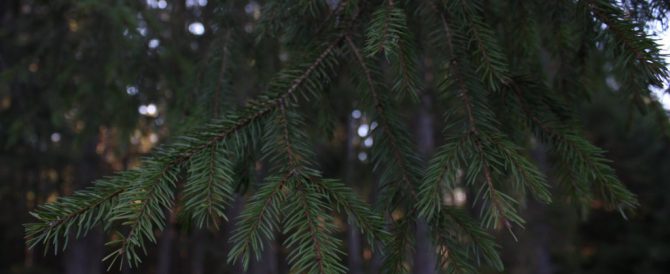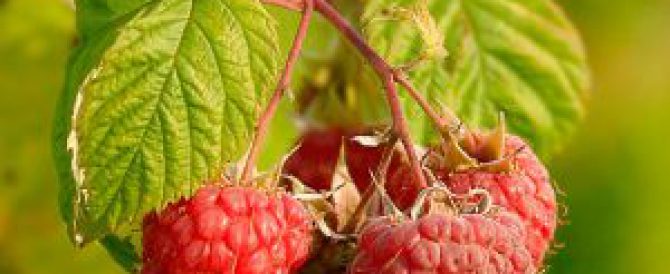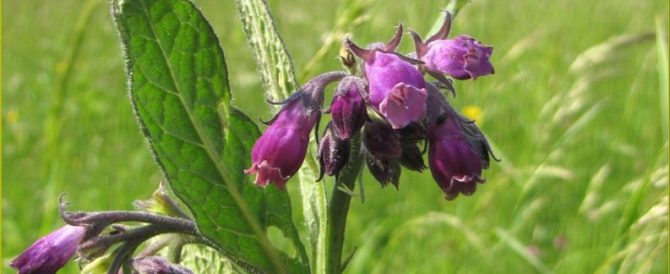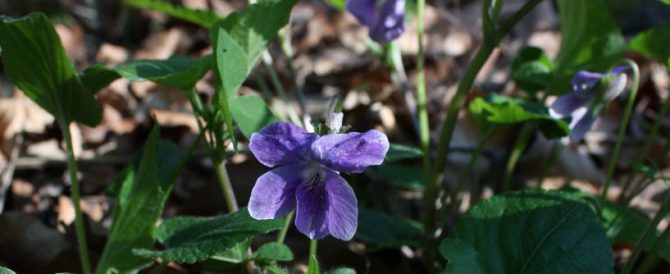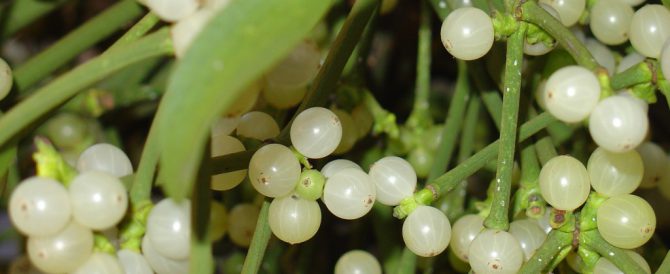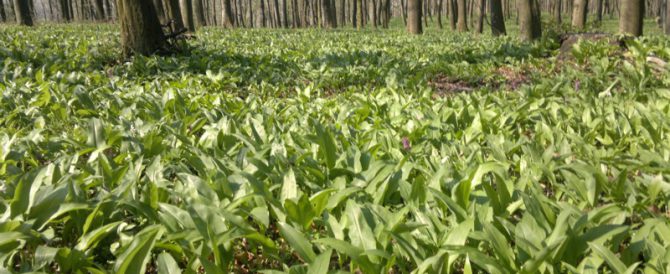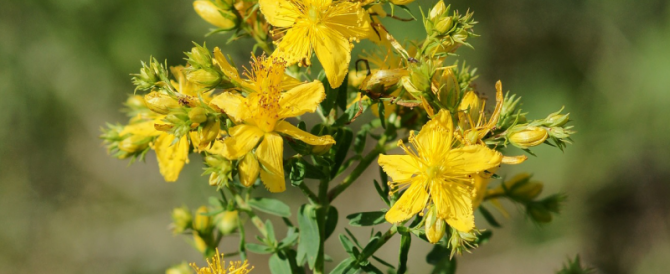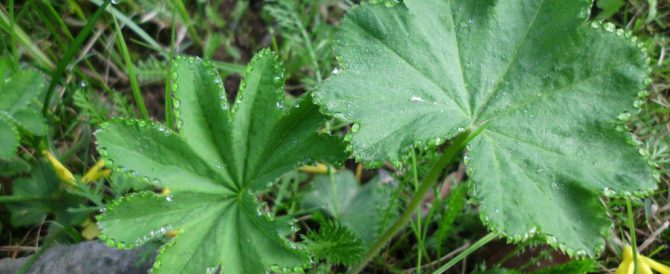
THE LADY’S MANTLE (Alchemilla vulgaris)
Description
The lady’s mantle (Alchemilla vulgaris) belongs to the Rosaceae family. It grows on wet fields, in the mountains, fringe on forests and along roads.
It has semicircle leaves with 7-9 lobes on short and woody rhizome. The very modest flowers are yellow-greenish and group into small umbrellas. It blossoms from April to June.
Traditionally was called in different ways, the most common names are: Our Lady’s mantle or Our Lady’s palm, wolf-feet etc.
The leaves collect in their middle the dew-fall and it shines in the morning sun. It is delectable to wash our face or eyes with the water collected there.
Active substances
It contains tannins, proantocianidines, flavonoids, bitter substance, salycilic acid and saponin. It contains zinc that is a main compound of several enzymes.
Wildcrafting
It is a protected wild plant, its wildcrafting is prohibited. Leaves and flowers of the cultivated ones can be collected from May to the end of July. Dry it in the shadow, protected from direct sunlight, then store it in canvas- or paper bags.
Curative effects
It has anti-inflammatory, wound healing, astringent and antispasmodic effects. It is a plant mainly for women. It improves the circulation of the small pelvic and strengthens the uterus.
It is very useful on case of irregular periods, gynecological inflammations or after pregnancy:
– tempers pain in case of irregular period, menstrual cramps;
– combined with milfoil, it helps to fix the period of teenage girls in the puberty;
– it can be used as a supplemental treatment for gynecological inflammations, such as white discharge (leucorrhea), inflammation of uterine mucosa and the ovaries. In these cases besides drinking lady’s mantle tea, it is useful to make a hip-bath;
– just like raspberry leaves, it helps conception. It is recommended to drink raspberry leaf tea in the first part of the period, while lady’s mantle tea in the second part of the period;
– during pregnancy it prevents abortion: from the 3rd month of pregnancy drink 1 cup of tea daily. It is also good against premature birth;
– after birth it strengthens the ligaments, this way helps improving hypogastric flabbiness: cream your belly with shepherd’s purse tincture;
– it can be used for climax related problems; combined with hop might help in case of diseasedness;
– lady’s mantle tea remedies incontinence of urine, especially if combined with shepherd’s purse tincture applied on the belly.
Other beneficial effects
– in case of muscular dystrophy is more effective if combined with shepherd’s purse tincture,
– after extracting a tooth – it is a good astringent,
– it has a constrictive effect in case of poor circulation in the vein,
– it is good for gastro-enteritis thanks to its anti-inflammatory effect.
Usage
Tea – infuse 2 teaspoons of dried leaves and flowers for 8-10 minutes, then strain and drink it. A tea made of 25 g drugs covers the 1/5 part of our zinc necessities.
Wash off, poultice – can be used for purulent wounds, for treating ulcers, but also against cellulite, stripes formed on skin and elder skin.
Rinsing – in case of gingivitis.
Hip-bath – in case of white discharge, menstrual cramps, climax related complaints – boil 4 spoons of lady’s mantle in half a liter of water, strain and pour it into your bath.
Poultice – wash the fresh plant, put it in steam, smash it and place on your belly, around your uterus.
Tincture – fill a bottle with fresh plant, then cover it with cereal- or fruit-schnapps, let it macerated for 3 weeks. Usage: 3×12 drops before meal, as a 21-day-cure.
The newest usage: placed on cut wound and it heals very fast.
Attention!
A consumption exceeding 2 cups daily might have a destructive effect on liver.

